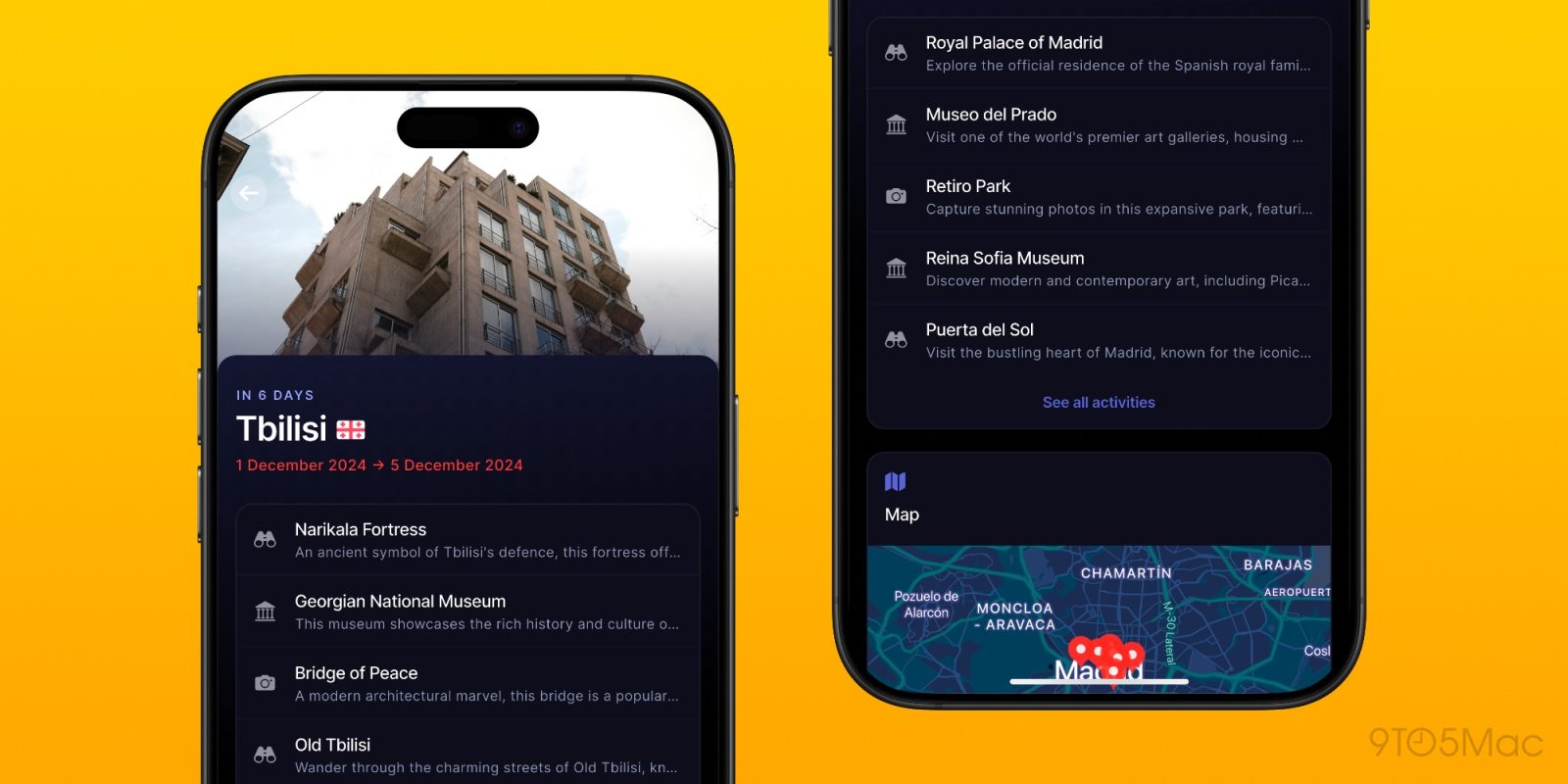ARCHAEOLOGISTS have uncovered a 4,000-year-old settlement tucked away in a Saudi Arabian oasis. The Bronze Age town, which is believed to have housed roughly 500 residents, sheds light on ancient societies transitioning from a nomadic lifestyle to a more urban one. French archaeologist Guillaume Charloux, in collaboration with Saudi researchers, unearthed the al-Natah settlement near the Khaybar Oasis.
Researchers believe al-Natah, spanning roughly 2.6 hectares (6.4 acres), was built around 2400 BCE and remained inhabited until roughly 1300 BCE.
“Our findings suggest that the people of al-Natah engaged in a slower, region-specific process of urbanisation,” Charloux told AFP. He noted the town's structure and stone barriers suggest that inhabitants were socially organised - more so than nomadic communities which traditionally dominated the area. READ MORE ON ARCHAEOLOGY Al-Natah would have been protected by the 9-mile-long (14.
5 kilometers) wall that circles it. The settlement was carefully planned, with a central administrative zone, a residential district with interconnected streets, walled gardens and a necropolis. The necropolis contained circular stepped tower tombs and dozens of artefacts.
Archaeologists found daggers and axes, as well as pieces of pottery and precious stone rings made of agate, which were likely part of jewellery. Most read in Science The Khaybar Oasis is known for its fertile land despite it being located in a vast desert. Though researchers have o.


















